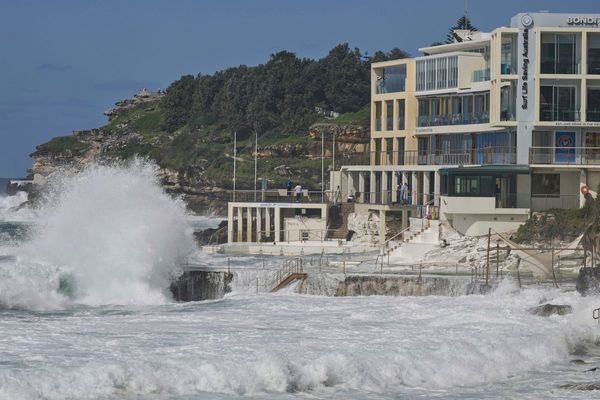
More than 362,000 hectares of Cape York has been officially returned to its traditional owners in a move that Indigenous leaders are hailing as the beginning of a “new era” for the peninsula.
The Gudang Yadhaykenu, Atambaya and Angkamuthi (Seven Rivers) peoples were handed back land – which includes the Jardine River national park – at a ceremony at Injinoo on Wednesday.
It means all national parks in Cape York are now in the hands of traditional owners, as part of a 27-year-long Queensland government program that has now delivered them more than 4.3m hectares – an area the size of Switzerland.
The Balkanu Cape York Development Corporation’s executive director, Gerhardt Pearson, said Jardine River was named after an infamous family of Scottish Australians whose “reign of terror” and “wholesale killing” in the pioneering and governing of the Top End was “deeply embedded in the minds and storytelling” of traditional owners to this day.
The national park will be renamed Apudthama, which means “together”.
Pearson said the handover “capped off Cape York” as an Aboriginal estate and “exorcised a ghost” that had haunted the far north for 157 years.
“We now have the western side of the top of Cape York peninsula, the northern tip and the eastern facing towards the Great Barrier Reef,” Pearson said.
“That landmass has now been confirmed by Queensland as held under statutory title, Queensland law, as an Aboriginal estate.”
The premier, Annastacia Palaszczuk, said the day marked “another important step on that journey” to a treaty, launched last month.
“Our Path to Treaty is about finding a place where we can face up to our shared history and be truthful about all of it – good and bad – and build a future together where we value, trust, and respect each other,” Palaszczuk said.

The land handed over in Wednesday’s ceremony was made up of 319,300 hectares of national park and 42,799 hectares of Aboriginal freehold land.
Along with the Jardine River, it included the Denham Group national park, part of Heathlands Reserve and Jardine River Reserve, and two offshore islands.
A win for the environment
Queensland’s environment minister, Meaghan Scanlon, said the Apudthama national park land represents the largest continuous area of heathlands on Cape York. It includes other diverse landscapes such as grasslands, perched lakes, open woodlands, cloud forests, wetlands and mangroves that connect with islands within the Great Barrier Reef world heritage area.
“These parks are home to unique plants and animals including the Cuscus, Jardine Painted Turtle and the northern most extent of the Southern Cassowary,” Scanlon said.
“The Yamarrinh Wachangan Islands (Denham Group) national park supports turtle and sea bird nesting and is a great example of how we can do a better job of looking after the environment when we focus on caring for Country and people.”
The land will be granted to the Ipima Ikaya Aboriginal Corporation RNTBC and the Atambaya Aboriginal Corporation, on behalf of the traditional owners.
Andrew Picone, the Queensland manager of The Pew Charitable Trusts, said First Nations land ownership and management was a win for the environment and Indigenous communities, bringing with it a suite of economic opportunities from carbon farming and tourism to running cattle and park ranging.
The Palaszczuk government has committed about $300m to buy and manage more land for national parks in Queensland, and said the Cape York tenure resolution program could provide a model to be rolled out across the state.
“If you’re going to make a new national park, let’s do it the right way and look at who’s country it is,” he said.
“Why not take this as a model and create more First Nation jointly managed national parks?”







